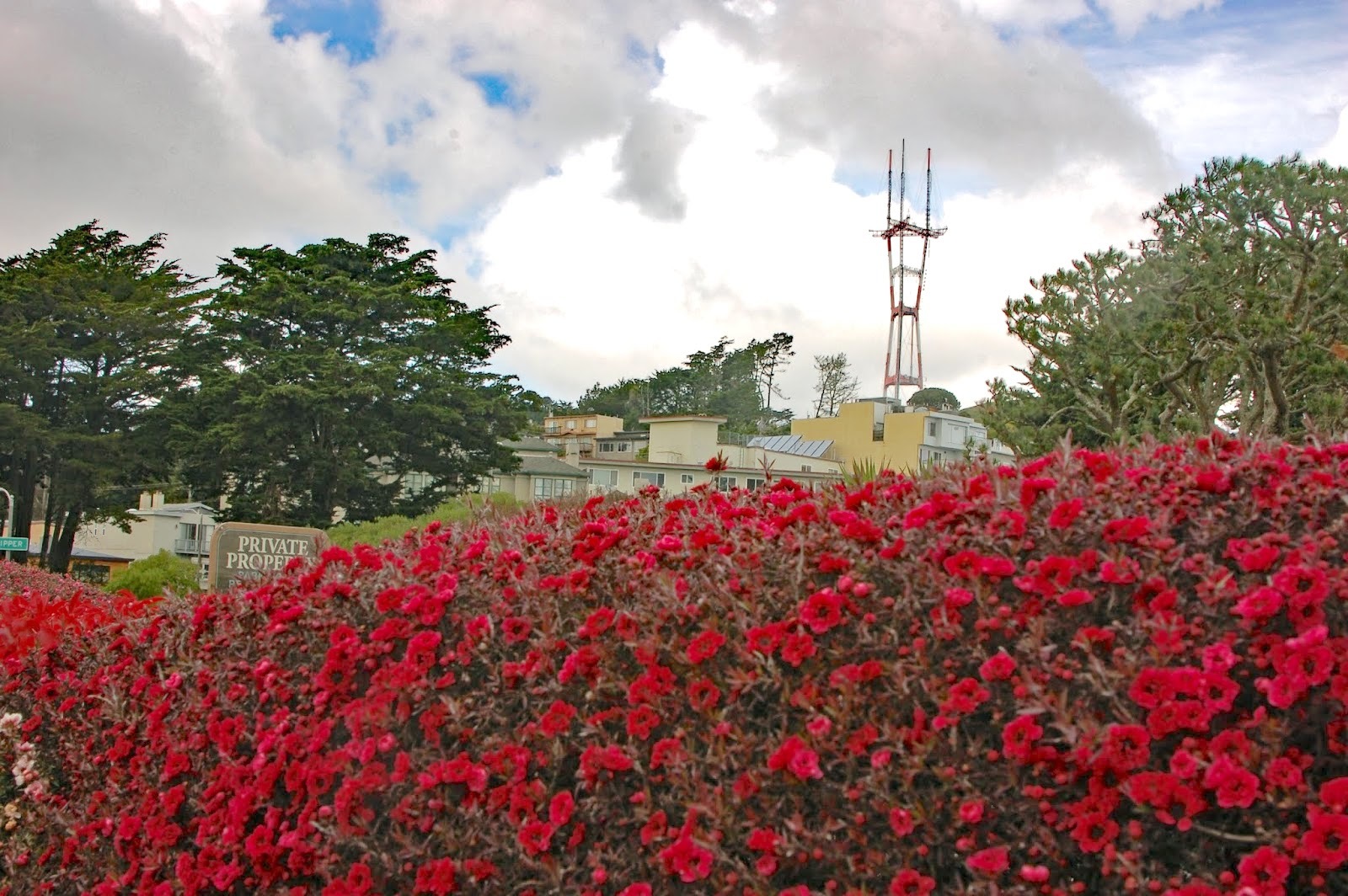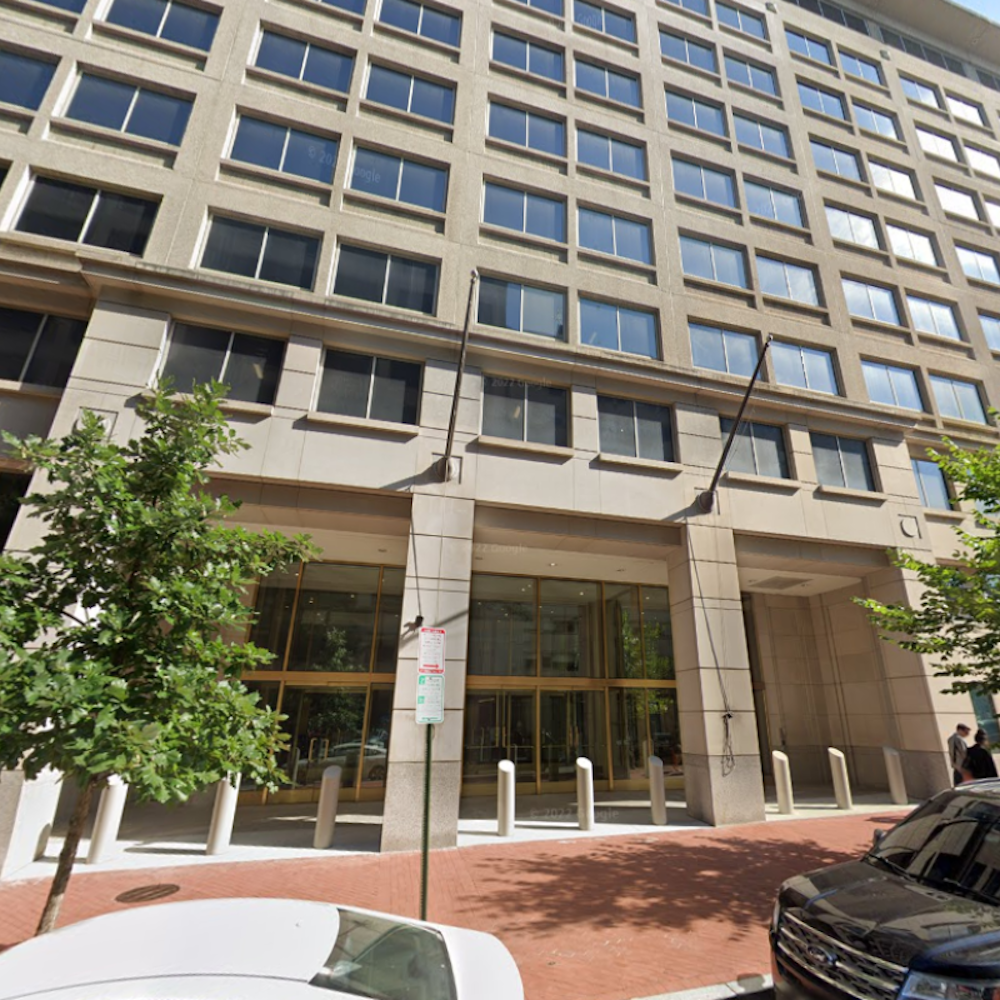
When Mayor London Breed announced the city’s shelter-in-place order in March, at least two San Francisco fitness buffs didn’t have to forgo their favorite workout routines due to the COVID-19 pandemic.
That’s because Robin Cohn and Jan Adams were already at work on the same project: attempting to cover the entire city on foot. More than two months into the citywide lockdown, they’re finding it’s possible to socially distance from others while staying on track with their respective goals.
For 56-year-old Cohn, who is retired, running every street, alley, staircase, and tiny pathway in San Francisco satisfies two of her natural tendencies. “I love variety,” she says. “And I like thoroughness.”
Over the past 18 months, she’s run about 2,100 miles in San Francisco. In March, she hit the milestone of having run a full two-thirds of the city, with most of the western neighborhood grids under her belt.

Cohn moved to the Bay Area from Europe a few years ago. When she lived in rural areas in Israel and Italy, she tried to take advantage of the landscape by running radial patterns away from and back to her homes. In southern Italy, for example, she often sprinted past apple orchards, asparagus fields, and vineyards.
“At first, I didn’t really think hard about how I was going to cover San Francisco,” she says. “I just started running.”
But as she began running more and more areas that were new to her, Cohn realized she could cover the whole city if she kept track.
Unbeknownst to Cohn, Adams, 72, was already hard at work on a 10-year project of walking every voting precinct in the city, which she started in 2012.
Adams has lived in San Francisco for decades, with a career spanning jobs as a contractor, political organizer, and editor/publisher, and wanted to return to some areas she hadn’t explored in a while.
“I did small-scale construction in almost every part of town," she says. "I had an experiential sense of who lived here."

She had also spent a lot of time poring over district maps. After the 2000 census, she worked with community-based organizations pushing for Board of Supervisor seat elections to revert to specific districts.
Back then, she says, the district maps weren’t available on a city website, and were largely in the hands of political campaigns.
“Getting the maps was a whole part of running a campaign,” she explains. “Political consultants had hand-drawn facsimiles of what people thought districts were!”
Thankfully, the city has since codified and made district maps accessible to anyone. So Adams set out to see every precinct in the city on foot, downloading PDFs of the maps from a government website.
Precincts generally include 400 to 700 voters, and the smallest ones tend to be where housing is the densest — such as the parts of District 3 near and around Chinatown. Adams estimates that if she walks both sides of the street in every average-sized precinct, she covers about three to 3.5 miles. (For additional exercise, she also runs trails around the city, but that isn’t part of her precinct walking.)
Depending on what happens with the 2020 U.S. census, the districts will likely shift before Adams is done walking every precinct.
“But it doesn’t matter to me if I finish before they redistrict again,” she says with a laugh. “I can still use the maps!”

In Cohn’s case, including stairways and trails means she can focus on completeness, rather than the patterns that once guided her along fields of produce.
“Some people are running sections of the city in patterns,” she says, citing Lenny Maughan's San Francisco jogging routes that form illustrations, such as the face of Frida Kahlo or the shape of a big cat. "By contrast, mine looks like I’ve scribbled on the map."
Once Cohn finishes running San Francisco, she plans to run all of Marin County. After that, she might start over again in the city.
“I think about running San Francisco again with a different theme in mind,” Cohn confesses. “Despite the great architecture, I rarely take pictures of houses when I run. I’m trying to get exercise! But I have a fantasy of doing this again, photographing buildings that really appeal to me.”

Both Cohn and Adams were nearing the conclusion of their respective projects when the COVID-19 pandemic struck, and they say it’s been an unusual experience.
In some ways, it’s made the work easier: “This is the perfect time to finish off downtown,” Cohn notes. “It’s easy to park, I can jaywalk at will, and it’s interesting — a bit eerie and weird.”
Adams says the pandemic may speed up her goal. “I now believe I will finish in 10 years,” she says. “I was trying to do it by relying on public transit, but this damn virus makes it such that I can usually park in just about any precinct I still need to walk.”

Urban running — especially up the city’s steepest hills — presents a different sort of challenge. While San Franciscans continue to go out for essential errands, Cohn says she’s been able to adapt her running routes to stay six feet from others.
When passing through areas that still have many pedestrians navigating narrow sidewalks, such as in the Castro, “there is not a lot of vehicle traffic,” she says. “So sometimes I run right down the middle of the street to keep distance.”
Even before face coverings were mandated by the city, Adams wore a scarf she would sometimes pull over her nose and mouth if people were getting too close.
And there are two precincts — those on Treasure Island — that she is putting off for a while yet. “I’m not going over there until the lockdown is over,” she says.

As she continues her daily walks on the mainland, Adams is discovering aspects of the city she hadn't before seen in her decades of living San Francisco.
“I had never heard of the 16th Avenue steps, and walking there was an absolutely wonderful experience!” she says.
Cohn has also come across green spaces and unusual architecture she didn’t expect to find, especially in industrial areas of the Dogpatch and Outer Mission.
“There is so much creativity in the city,” she marvels. “It just blows my mind.”









